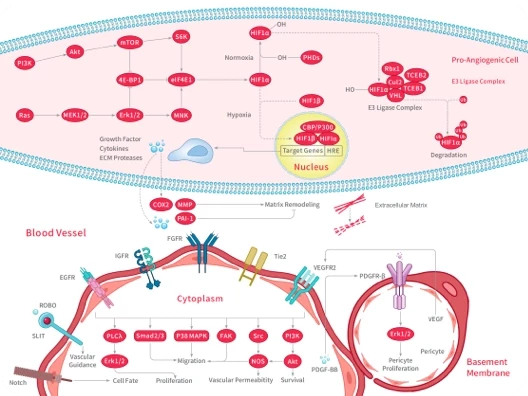- Remove All
 Your shopping cart is currently empty
Your shopping cart is currently empty
Taste receptor
A taste receptor is a type of cellular receptor which facilitates the sensation of taste. When food or other substances enter the mouth, molecules interact with saliva and are bound to taste receptors in the oral cavity and other locations. Molecules which give a sensation of taste are considered "sapid". Vertebrate taste receptors are divided into two families:[citation needed], Type 1, sweet, first characterized in 2001: TAS1R2 – TAS1R3, Type 2, bitter, first characterized in 2000: In humans there are 25 known different bitter receptors, in cats there are 12, in chickens there are three, and in mice there are 35 known different bitter receptors. Visual, olfactive, "sapictive" (the perception of tastes), trigeminal (hot, cool), mechanical, all contribute to the perception of taste. Of these, transient receptor potential cation channel subfamily V member 1 (TRPV1) vanilloid receptors are responsible for the perception of heat from some molecules such as capsaicin, and a CMR1 receptor is responsible for the perception of cold from molecules such as menthol, eucalyptol, and icilin.

Copyright © 2015-2025 TargetMol Chemicals Inc. All Rights Reserved.











